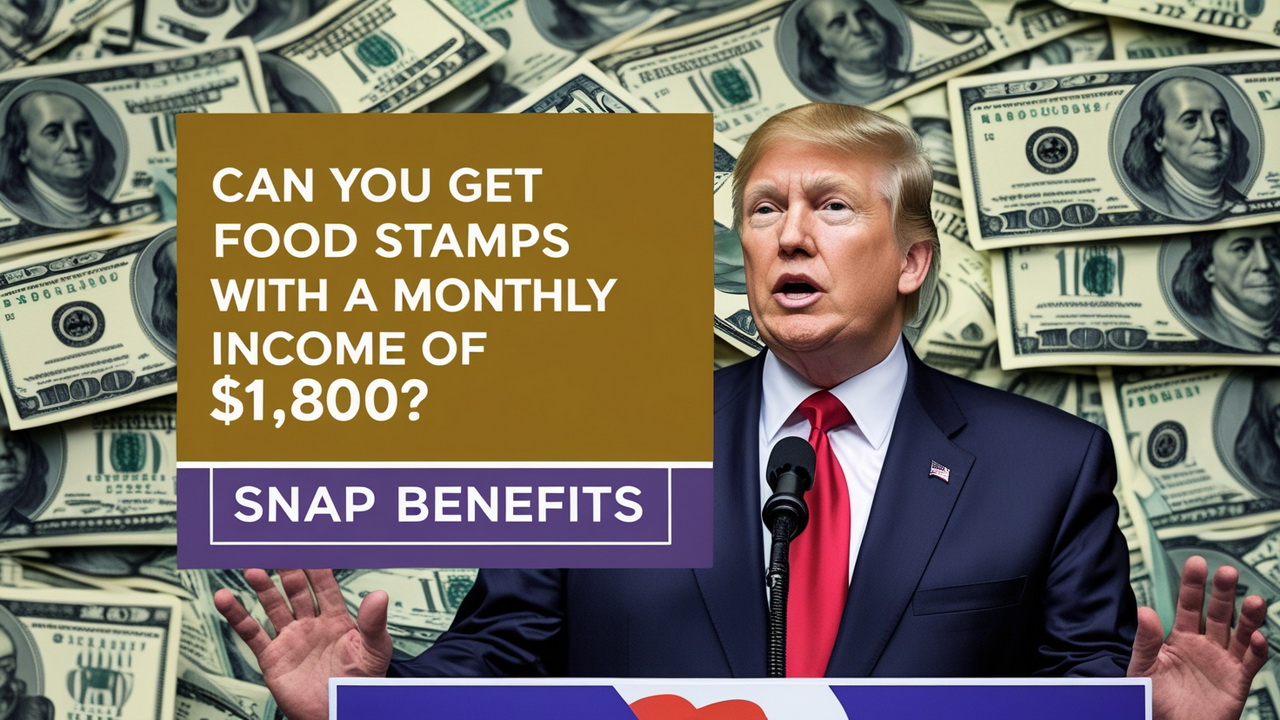SNAP Benefits in 2025: The U.S. Department of Agriculture (USDA) recently updated the eligibility guidelines for the Supplemental Nutrition Assistance Program (SNAP), potentially affecting millions of households. These adjustments clarify how income, deductions, and household size impact your ability to qualify for this essential food assistance program.
Here’s a detailed breakdown to help you understand the updated rules and determine if you might be eligible.
Key Eligibility Factors
SNAP eligibility is determined based on three primary criteria: gross monthly income, net income (after allowable deductions), and household assets. Let’s explore how each of these factors works.
1. Gross Income Limits
To qualify for SNAP, your household’s gross monthly income must be at or below 130% of the federal poverty line. This threshold varies depending on the size of your household:
- Single individual: $1,630.21 per month
- Family of three: $2,152 per month
These figures align with the federal poverty guidelines for fiscal year 2025. Households with more members have higher income limits, while those with fewer members face stricter thresholds.
2. Net Income After Deductions
Net income is determined by subtracting allowable deductions from your gross income. The USDA recognizes several expenses that can reduce your income for eligibility purposes, such as:
- Rent or mortgage payments
- Utility costs
- Medical expenses (applicable to elderly or disabled household members)
Even if your gross income exceeds the limit, you might still qualify for SNAP benefits if deductions lower your net income below the program’s threshold. For instance, a single person earning $1,800 monthly could qualify if significant expenses, like rent and healthcare, bring their net income down.
3. Household Size Matters
Your household size plays a crucial role in determining SNAP eligibility. Larger households typically qualify with higher income limits to account for their increased needs. However, state-specific rules might also consider assets like savings or secondary properties (excluding primary residences).
State-Specific Variations
SNAP requirements can differ between states. Some states have expanded income limits or provide additional deductions to address regional cost-of-living disparities. Checking your state’s specific guidelines is vital to understanding your eligibility.
How to Determine Your Eligibility
If you’re unsure whether you qualify for SNAP benefits, follow these steps to assess your eligibility:
- Evaluate Your Income: Compare your gross monthly income to the federal poverty line for your household size.
- Account for Deductions: Subtract allowable expenses, such as rent and utilities, to calculate your net income.
- Review State Rules: Visit the USDA’s website to find detailed guidelines for your state.
- Seek Assistance: Text “Food” to 74544 for personalized help in checking your eligibility.
Why SNAP Eligibility Matters
The SNAP program provides essential financial support, helping millions of Americans access nutritious food. By understanding its guidelines and leveraging deductions, you can determine if your household qualifies for assistance.
Whether you’re applying for the first time or reassessing due to changes in your financial situation, staying informed about eligibility requirements and state-specific criteria can help you secure this critical resource.
